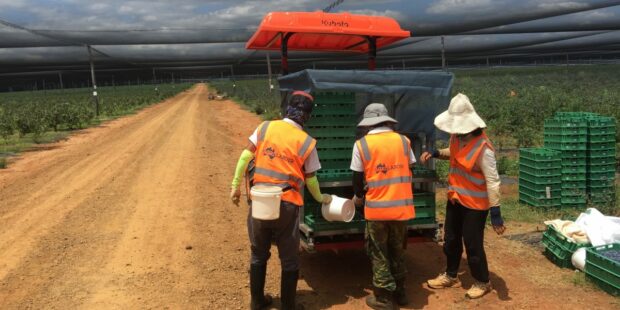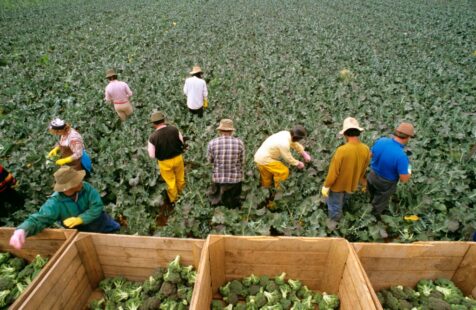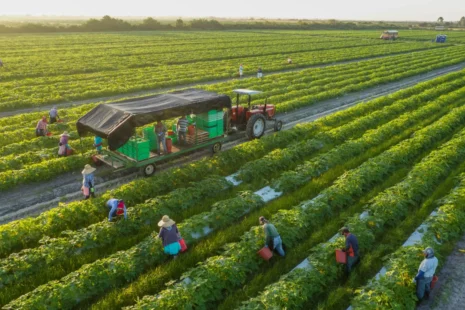
The ongoing pandemic and the shortage of seasonal workers and backpackers that are arriving in Australia has created a labour shortage for a great deal of Australian horticulture growers. This market is heavily dependent on casual and seasonal labour. Moreover, this is a representation of the majority of the workforce in the Australian horticultural world.
As of November 2020, Working Holiday Maker numbers remaining in the country were just 60,000, well down on the 141,000 backpackers that were in the country at the start of the year. This is a stark indication of the labour shortage occurring in the country. In addition, there is a great opportunity for domestic workers to fill the labour demand. However, attracting these workers has been a hard task for the government and farm owners.
Hence, in order to provide the government with sufficient data and information, the government needs to carry out an in-depth research of the ongoing conditions. The study predicted the casual labour gap in Australian horticulture to reach a peak in March 2021, with up to 26,000 workers required in different regions across Australia.
Scenario projections indicate that the casual labour gap will increase from
November 2020 and reach a peak in March 2021, likely to represent a gap
ranging between 20,000 and 26,000 roles. This would represent a 36 to 59
per cent labour supply shortage between November 2020 and June 2021; this translates to a net gap of 20 to 33 per cent over the next 18 months, meaning only 67 to 80 out of every 100 casual roles can be filled.
The labour shortage is likely to be most acutely felt in Victoria and Tasmania, which exhibit two characteristics likely to make them more vulnerable:
• large producer of high volumes of very labour-intensive products (e.g. table grapes, berries).
• locations where internal border closures could restrict mobility.
The deficit could be even greater if international border reopening is deferred past the report’s assumption of the opening of the borders by March 2021, which was the best estimate at the completion of
the report.

In January 2021, the Morrison government bestowed upon the farmers relief by providing them the temporary relaxation of student visas. Due to the pandemic and other unavoidable circumstances, various Australian industries were badly suffering from a shortage of labour. Amidst this, the agricultural industry was badly hit. Ernst &Young forecasted a labour gap of even […]
Read More →
According to a new study from the Institute of Physics, billions of working hours have been lost globally due to extreme heat. Exporters are concerned that as the world warms, the trend will intensify. Excessive heat and humidity cost the economy more than 675 billion labour hours per year. The study reveals that annual worker […]
Read More →
Following an Australian Government announcement today calling for public comment on the topic, Australia’s $2.6 billion organic business is celebrating a milestone in establishing a statutory standard for use of the term “organic.” Minister for Agriculture David Littleproud, a long-time supporter of improving and streamlining Australia’s organic regulatory framework, made the announcement, which will allow […]
Read More →